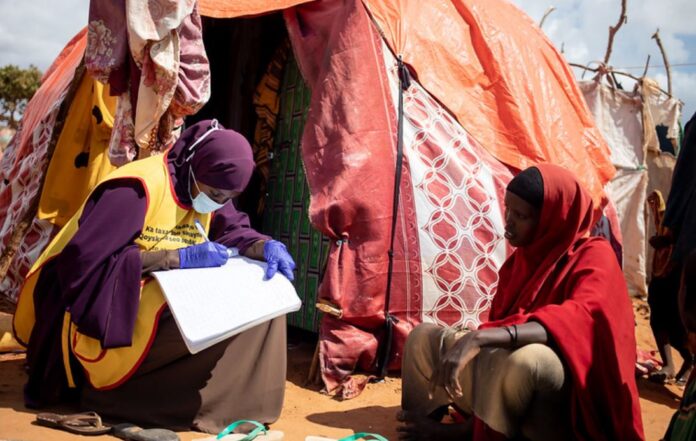A record drought sweeping the Horn of Africa may lead to 135 deaths per day in Somalia from January to June, a study by the Somali health ministry, the World Health Organisation (WHO) and the UN Children’s Fund (UNICEF) revealed yesterday. The study projected a total of 18,100 to 34,200 deaths from drought in Somalia “during the first six months of 2023.”
It added that, “An estimated 43,000 excess deaths may have occurred in 2022 in Somalia due to the deepening drought… higher than the first year of the 2017–2018 drought crisis.”
The WHO representative in Somalia, Mamunur Rahman Malik, told the media that his organisation is racing against time to prevent deaths that are avoidable and save lives. “The cost of our inaction will mean that children, women and other vulnerable people will pay with their lives while we hopelessly, helplessly, witness the tragedy unfold,” he warned.
Somalia, Kenya and Ethiopia have seen the rains fail for five consecutive seasons. This has forced more than a million people to leave their homes in search of food and water; five million people to be in acute food insecurity; and nearly two million children to be at risk of malnutrition.
“The UN needs more than $2.6 billion to meet the priority needs of 7.6 million people in 2023,” the report pointed out.
In a similar context, the WHO has warned that some 100,000 people in Somalia are facing catastrophic levels of hunger due to the worst drought to hit the region in forty years. In 2011, the East African country was hit by a famine that killed 260,000 people, of whom more than half were children. In 2017, more than six million people, of whom, again, more than half were children, required assistance due to a prolonged drought in the region.
The latest study was commissioned by the UNICEF Regional Office and WHO Somalia country office, and carried out by the London School of Hygiene and Tropical Medicine, and Imperial College London.
HBN News Desk


